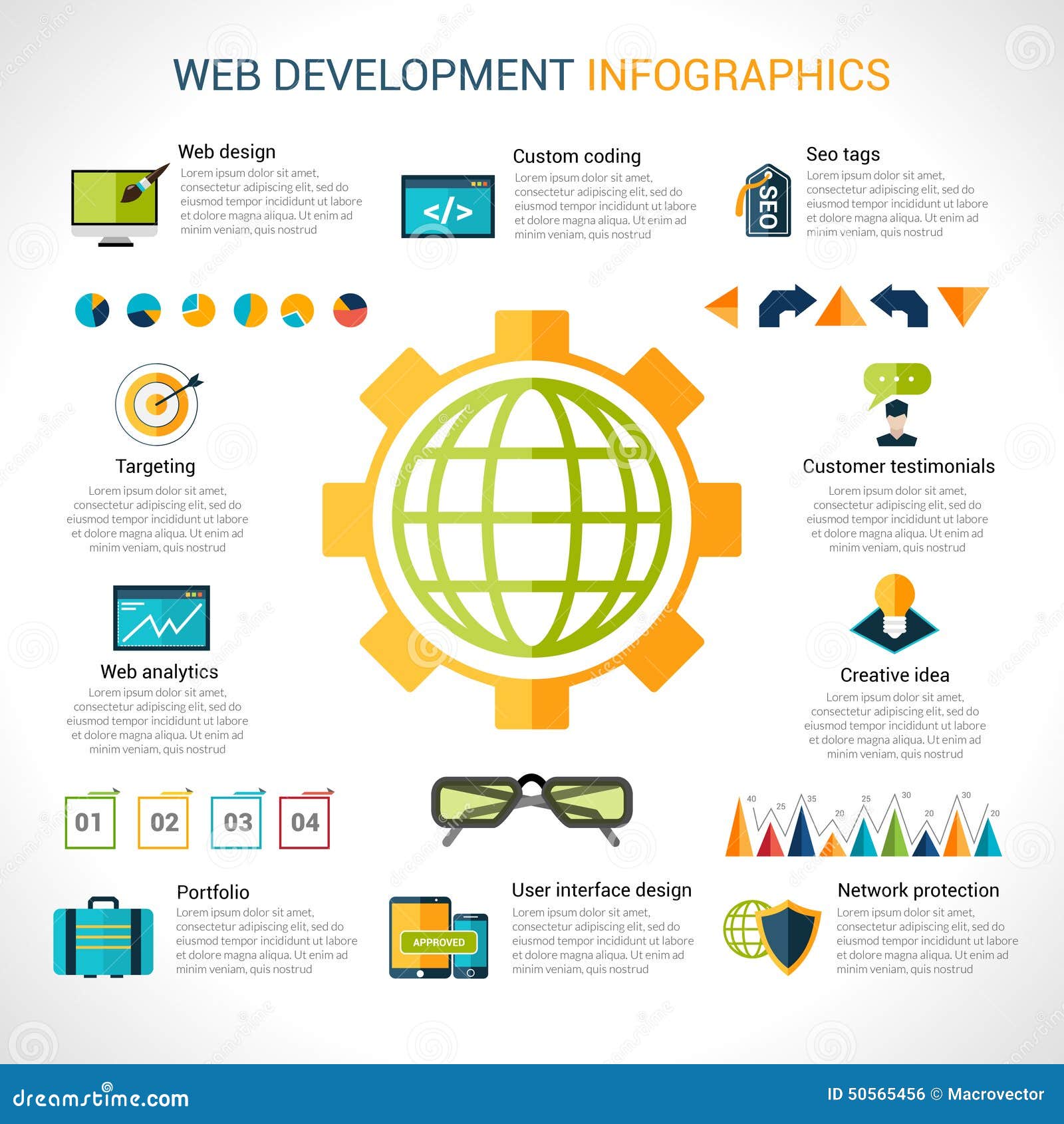Essential Aspects Of Website Design: Standards For Creating A User-Centric Site
Essential Aspects Of Website Design: Standards For Creating A User-Centric Site
Blog Article
Personnel Writer-Aguirre Thrane
When it comes to web site style, ensuring user-friendliness is vital. From responsive design to streamlined navigation, every component plays an important function in developing a site that caters to your target market's requirements. But what about the better information that can make or damage an individual's searching experience? Stay tuned as we reveal some often-overlooked tips that can boost your web site's use to the following degree, making it genuinely stick out in the digital landscape.
Relevance of Responsive Style
Receptive layout is a crucial element of contemporary site advancement. Ensuring your site is receptive ways that it can adapt to different display sizes and gadgets, giving a seamless experience for customers.
With the raising use of mobile phones and tablets to access the internet, having a receptive layout is necessary for reaching a wider target market. It helps in enhancing customer experience by making your site easy to browse and continue reading any type of tool.
Furthermore, receptive style can positively affect your online search engine positions, as internet search engine like Google focus on mobile-friendly sites. By having a receptive layout, you're likewise future-proofing your website, as brand-new devices with differing screen dimensions remain to arise.
Simplify Navigation Structure
To enhance individual experience and facilitate easy access to info on your site, improving the navigating framework is critical. When creating your website, focus on developing a clear and intuitive navigation food selection that aids site visitors locate what they're looking for rapidly.
Restriction the number of menu things to the fundamentals, organizing related web pages together to stay clear of overwhelming users. Use detailed read this article that clearly suggest the web content of each web page, making it simpler for individuals to understand where each link will take them.
Think about executing dropdown menus for subcategories to avoid jumbling the main navigation bar. Additionally, consist of a search bar prominently on the page for users who prefer looking for details info.
Focus on mobile responsiveness in your navigating design to ensure very easy gain access to on all tools.
Optimize Page Load Rate
Improving page tons speed is critical for keeping site visitors on your site. Slow-loading pages annoy customers and can cause high bounce rates. To optimize web page load speed, start by optimizing photos. Compress pictures without jeopardizing quality to minimize their file dimensions.
In https://kameronldumd.qodsblog.com/31165034/rise-via-the-search-engine-ranks-and-increase-your-online-presence-with-cutting-edge-seo-methods-are-you-ready-to-take-advantage-of-your-business-s-full-power , allow internet browser caching to keep frequently accessed resources locally, accelerating lots times for returning site visitors. Minify CSS, JavaScript, and HTML documents by removing unnecessary personalities, comments, and formatting, enhancing tons rate.
Consider utilizing a content distribution network (CDN) to disperse your website's web content across several web servers worldwide, minimizing latency for users accessing your site from different places. Last but not least, restrict using third-party scripts and plugins, as they can significantly affect lots times.
Verdict
Finally, by incorporating responsive layout, simplifying navigation, and maximizing page load rate, you can create an user-friendly internet site that interest a broader target market and boosts user experience. These essential elements guarantee that visitors can easily accessibility and navigate your website across various gadgets, causing increased engagement and satisfaction. By concentrating on these vital elements, you can build a successful internet site that keeps users coming back for more.
